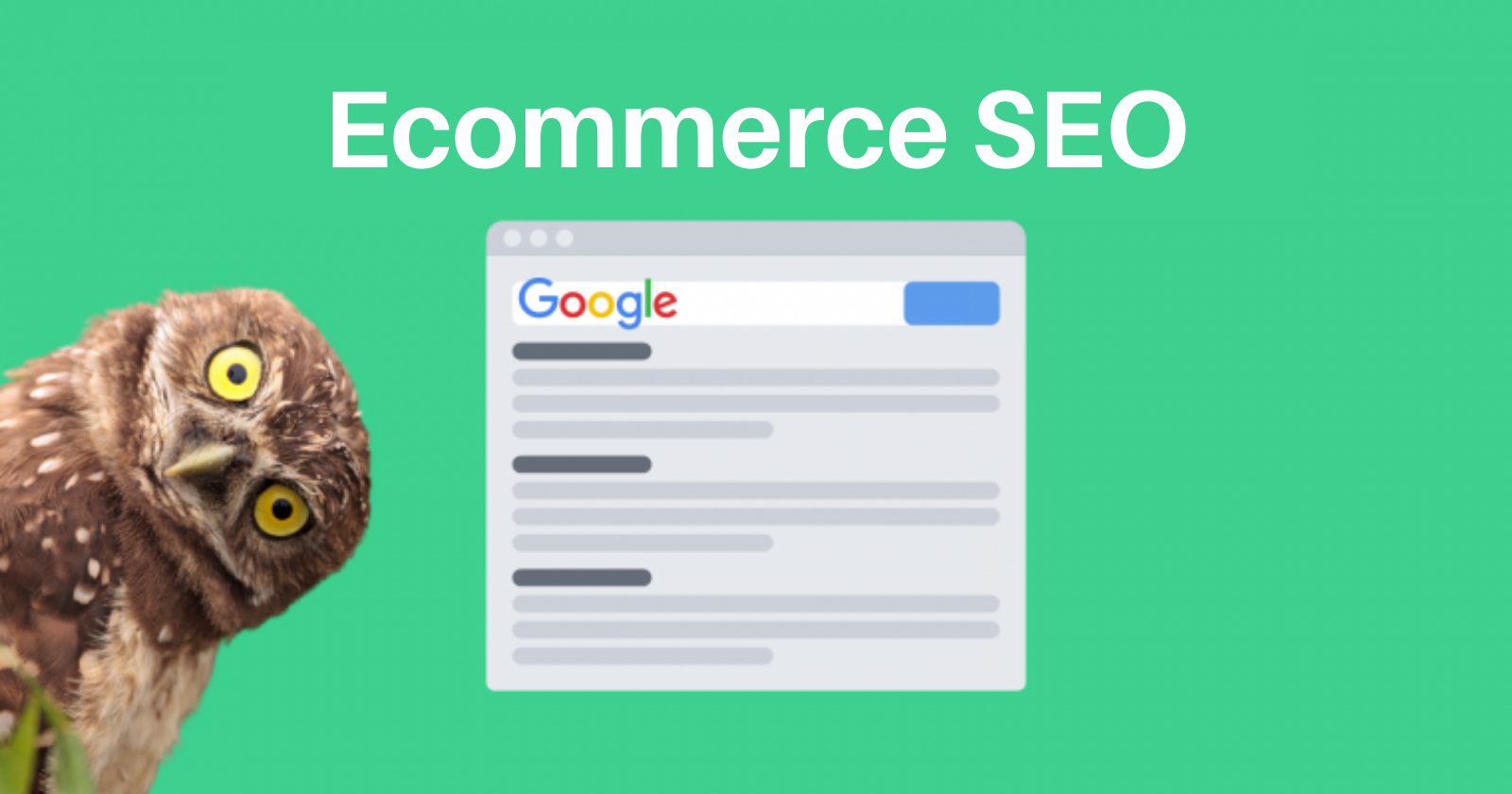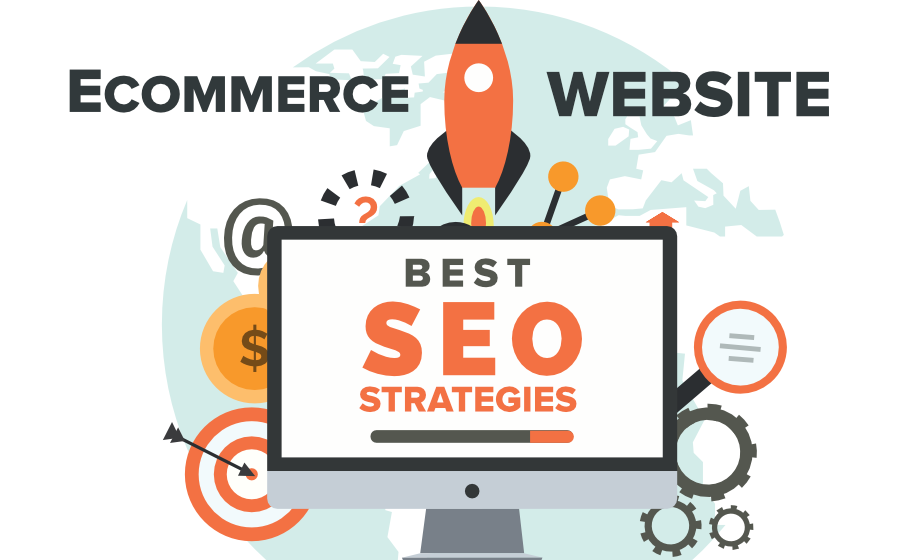
If you are an online retailer and want to reach out to as many audiences as possible then having a rightly optimized eCommerce website is a definite requirement.
Why so? Well, there are various advantages.
A well-optimized eCommerce site can help you perceive various information about customers like their locations, age groups, and how they discovered your site.
According to WPforms, there are a calculated 12 million – 24 million eCommerce websites all over the world, with progressively being built day by day.
I’m sure you’ve gotten a sense of how startups like Amazon, Flipkart, etc. Have become market juggernauts in a relatively short span. The only reason is the gain in popularity of online purchases. You can opt for a mobile shopping app without technical knowledge if you wish to gain popularity in this online world.
But have you ever wondered that in addition to providing quality products and leading services, you ought to get on Google’s First Page Ranking? That’s when eCommerce SEO comes into the screenplay.
Let’s walk through the best practice to get yourself up on SERPs.
Best 7 eCommerce SEO Strategies For Google’s First Page Ranking

-
Find Relevant & Optimized Keywords
With eCommerce SEO, keywords are the main factor to be considered; therefore, you should be very vigilant and attentive during the process of looking for the keywords for your e-commerce platform. Use only those keywords that are perfectly pertinent to the goods you market. It is crucial to identify whether a keyword is high-volume, inexpensive, or user-intent-based when choosing it for a product or category page.
Besides, you can examine your opponent’s web store to get keyword suggestions. In the meantime, long-tail keywords are encouraged since they often align with the user intent and boost conversion rates.
Let’s cite an instance of long-tail keywords. Suppose you have an online men’s clothing store. A red cotton tee for boys, a blue round-neck men’s shirt, etc. Are examples of long-tail keywords you might consider.
To make it simpler, you can utilize various keyword research tools that will for sure help you find the appropriate keywords for your eCommerce store. A bunch of them are listed below:
-
SEMrush
-
WonderSearch
-
Keyword In
-
Soovle
-
Keyworddit, etc.
You can mention the keywords in titles, descriptions, and others. Apart from that, utilize LSI keywords on the web pages.
While using keywords is a great idea do not end up overusing them. Remember search engines condemn keyword stuffing and it can penalize you for using needless keywords too.
-
Create a user-friendly site architecture
ECommerce site architecture describes how your site is structured in terms of navigation, and which pages are included in which categories or products. It should be uncomplicated and easily accessible for visitors, including the search engine.
One key factor to take into consideration is that the product page should be at the most 3 steps away from the home page. Not more than that.
A site architecture that has deep and hard navigation creates a lot of problems for the store owner also. Every time a new category or product page is added, they need to organize everything all together again. Secondly, the biggest problem with deep site architecture is that authority passed to product pages from the Homepage of your site is weakened until those product pages reach the Product pages.
On the other hand, in easily navigational sites, the user or search engine can quickly reach the product pages and can come back to homepages in three or fewer clicks. In addition to strengthening the site user experience, simple architecture can also help search engines to categorize and index the web pages.
-
Focus on On-Page SEO
On-Page SEO has forever stood the primary aspect for any site to rank on the SERPs.
On-page SEO is primarily concerned with optimizing the product and category pages to get ranked higher for keywords relevant to your eCommerce site, as well as bringing relevant traffic and boosting conversion rates. Although on-page techniques for SEO of an eCommerce site are somewhat similar to those used for other websites, you have to consider some additional factors as well.
Below are a few most prominent On-Page SEO methods for an eCommerce website:
-
Use short and keyword-rich URLs.
-
Use optimized meta titles and descriptions.
-
Do Internal Linking,
-
Add Schema Markup.
-
Cite Product descriptions and incorporate primary & LSI keywords,.etc.
In the meantime, to improve your results, employ authentic, relevant, and high-quality images and infographics. Do not just think about SERP when you are doing On-page SEO on your Commerce site, but also think about the user convenience. A good user experience will keep your visitors coming back again and again.
-
Ensure that each product has a unique description
As far as eCommerce SEO is concerned, it is the most overlooked aspect. In fact, it is quite difficult for an e-commerce site to write an original description for every product due to the sheer number of products in the same category.
Similar descriptions, however, may lead to duplicate content issues which will negatively impact your site’s ranking as well as decrease both traffic and conversion rates. Additionally, it will also reduce the trust factor amongst your prospective customers. Therefore it becomes essentially important to write persuasive and uncommon product descriptions.
Following are the product description tips:
-
Make the word count of 1000+
-
Use main keywords 3-5 times.
-
Highlight the key information about the product.
-
Use the LSI keywords adequately (Do not stuff)
-
Insert modifiers and click-magnet keywords.
Furthermore, keep the users engaged with your store by asking them to write a product review or Service experience.
-
Enhance Site Loading Speed
Suppose you want to shop for a dress online. So, you search your relevant keywords and click on the first website on the SERP. but it turns out to be very slow in speed. So you immediately leave the site and move to another.
This suggests that besides having quality products and helpful service, you will break down your sales if the site speed is slow. Apart from that, the search engine considers page speed an important factor. Put differently, better load speed = better search ranking.
For better site loading, try to lessen the image size without compromising on the image quality.
-
Assemble High-Quality Backlinks
An SEO practice that uses backlinks has always been considered the most honest and valuable. For example, if you are able to gain a positive recommendation from some genuine sources, then your platform generates a large amount of traffic.
What you should keep in mind is: if you are building backlinks, you should make sure all third-party resources are authentic, and the links should be relevant to your niche as spammy or irrelevant links can lead to your site getting penalized.
Generating backlinks can be possible through several ways such as social media platforms, directory submission, Quora, and a lot more.
The most profitable technique to acquire superior backlinks is Guest Blogging as it is most chosen by search engines. Take the post topic of your relevant niche and apart from only link building the content should educate the users in all ways.
-
Maintain Site Security
Considering that e-commerce platforms manage the personal data of millions of users and a great number of transactions are done on the platform every single day, it becomes paramount that the site is kept as secure as possible.
The growing number of cyberattacks on e-commerce platforms, including data leaks, account hacks, etc. Have additionally prompted consumers to be more cautious and choose a more secure website.
Also, the search engine considers the security of a website important to rank on Google’s first page. To safeguard confidential information, you must have an HTTPS and SSL certificate.
For safety reasons, consider backing up your data so that it doesn’t trouble the users when in any case the data gets sabotaged.
To summarize!
Finding Relevant Keywords, Creating an easy-to-use site architecture, Focusing on On-Page SEO, Ensuring a unique product description, Enhancing Site Loading Speed, Assembling High-Quality Backlinks, and Maintaining Site Security are some of the eCommerce SEO strategies for Google’s First Page Ranking.
Grab the Search Engine Optimization Service and watch your store get into Google’s first-page ranking in no time.
So, don’t be left out on any opportunities and optimize your eCommerce store to reign in the eCommerce industry.





